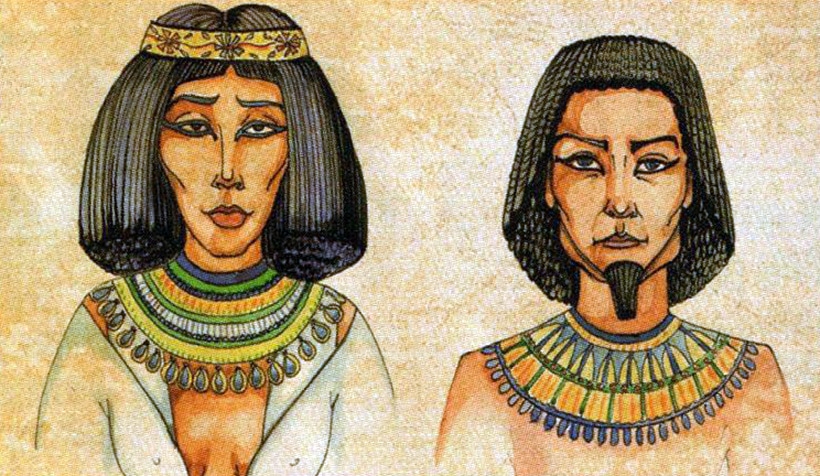The Ancient Egyptians were a fascinating race, with mysterious mummies to worshipping cats.
After all these years we are still unearthing hidden secrets about this culture today.
Here we make Ancient Egypt a little less mysterious with these top ten interesting facts about Ancient Egypt.
The Ancient Egyptians were cat crazy
Yes they were! In Ancient Egypt animals were very important and quite often worshipped.
The most highly respected of them all being the cat.
The Ancient Egyptians believed that animals were incarnations of the gods so it was popular to keep animals as pets.
The most popular being cats but also dogs, hawks, lions and baboons were kept at home.
If you were caught killing or injuring a cat in Ancient Egypt the penalties were high, usually resulting in death.
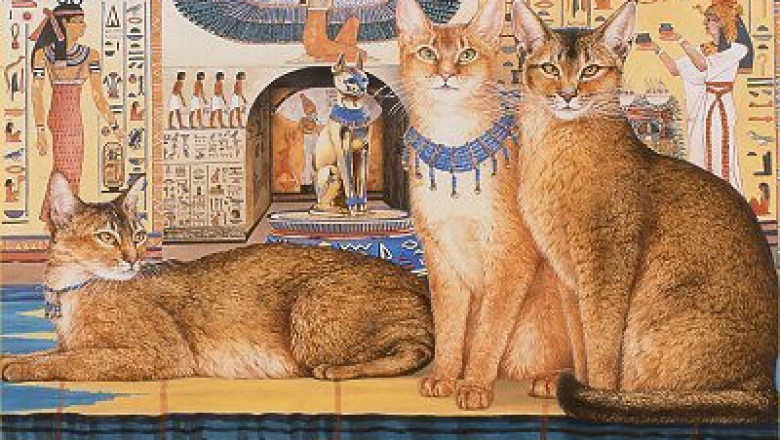
Egyptians were some of the first people to mummify their dead
In Ancient Egypt, they believed that there was an afterlife and that the only way of reaching it safely was to follow a strict set of procedures to prepare a dead body.
The process took around 70 days.
When a body was being prepared for mummification, firstly the organs would have to be removed and placed into Canopic jars.
The next stage was to remove all moisture from the body.
To do this they covered the body in a powdered type of salt and let it rest for around 35-40 days, or until all the moisture was gone.
After cleaning all the remaining salt off, the body would have been stuffed with linen to plump it up again, and then it was ready for wrapping.
The wrapping process could take up to two weeks to complete and the family of the deceased was expected to gather around 4,000 square feet (372 square meters) of linen to wrap the body.
Once this was complete the mummy was put into its coffin and then taken to a tomb where it would rest.
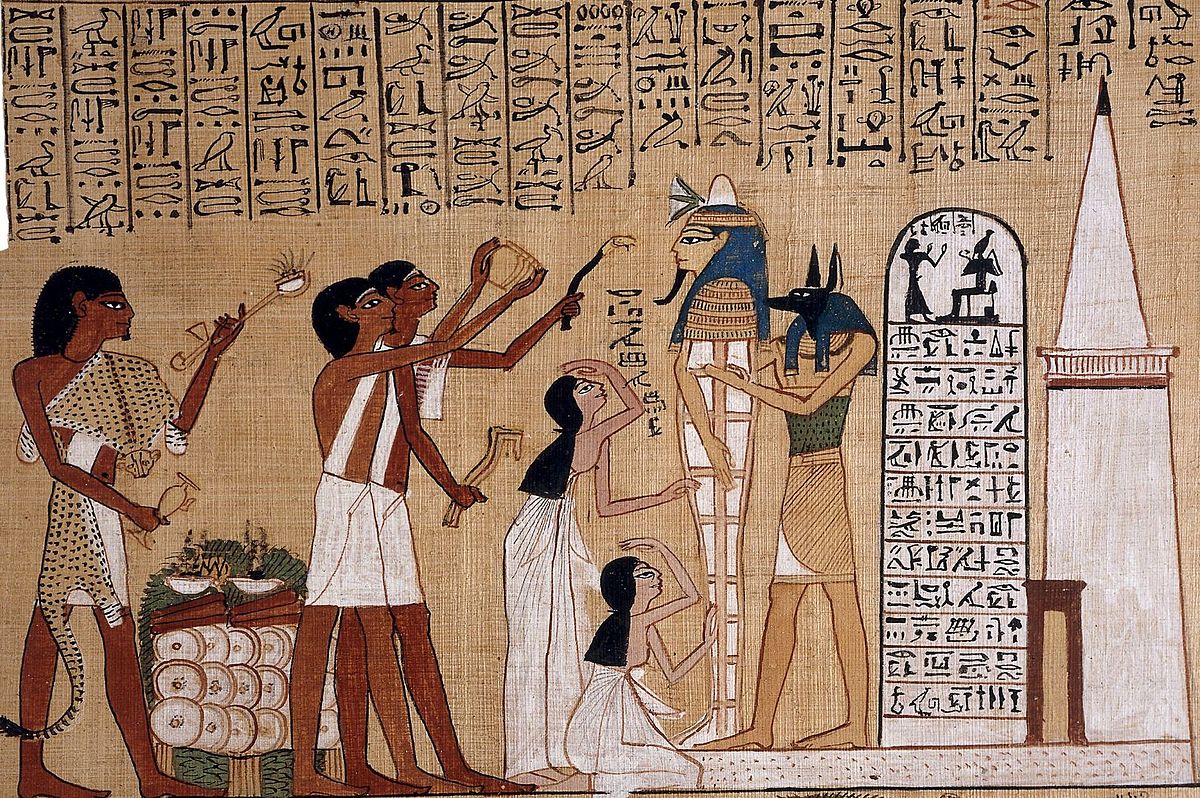
There was a goddess just for cats
The Goddess Bastet, was the representation of this love for cats and she was depicted as half cat, half woman.
It was believed that Bastet protected the home from evil spirits, disease and protected the women and children of the household.
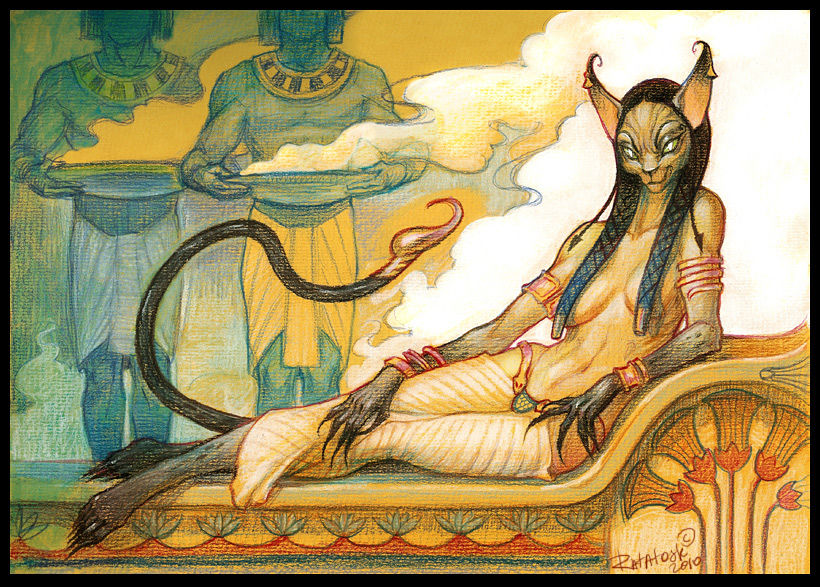
The most famous Ancient Egyptian in the world is Tutankhamun
The most famous Ancient Egyptian is the mummy of King Tutankhamun. His mummified body was discovered in the Valley of Kings, near Luxor in Egypt.
Howard Carter, alongside a team of British explorers and archeologists discovered the mummy of Tutankhamun.
Thought to be around 3,000 years old, they found his tomb on February 16, 1923.
Tutankhamun’s encasing was made entirely of gold and he was buried in the tomb alongside over 5,000 artifacts.
These would have been items gifted to the deceased King, to take with him to the afterlife.
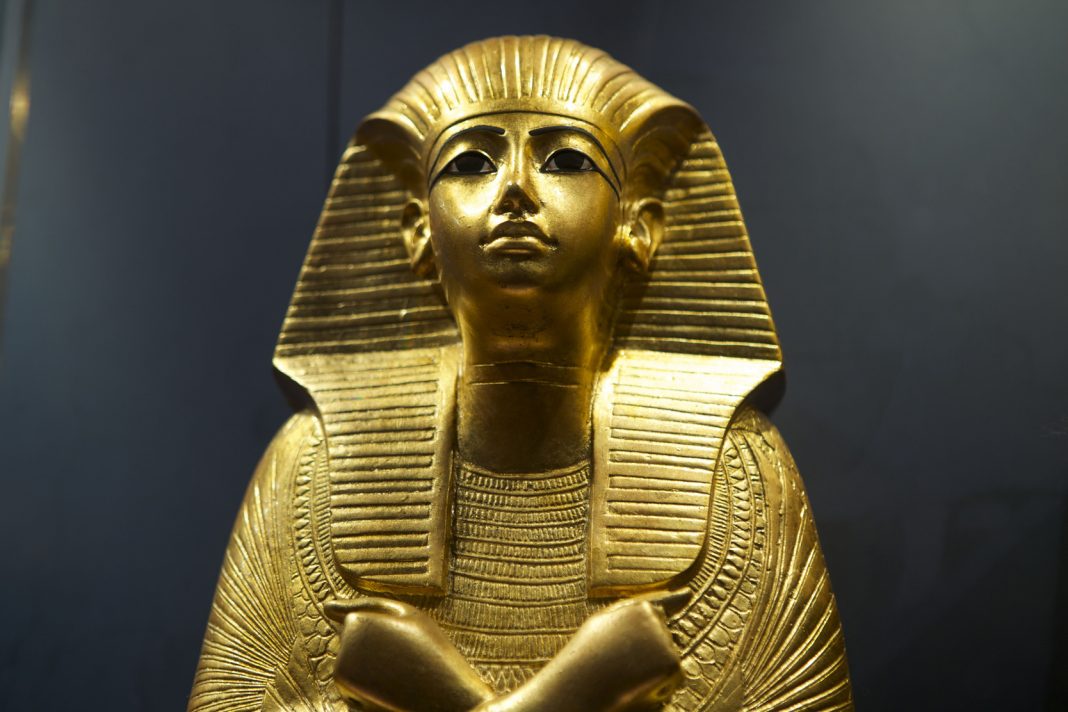
The Rosetta Stone was the key to understanding Hieroglyphs
The Rosetta Stone was discovered in 1799 and was the key to understanding hieroglyphs and is on display at The British Museum in London.
It was created 196 BC and it is a segment of a decree issued in Memphis, Egypt that was carved onto the stone and written in 3 different languages.
The top and middle segments were written in Ancient Egyptian hieroglyphs and the bottom segment in Ancient Greek.
By having the Greek translation, it allowed researchers to crack the code of understanding hieroglyphs, which allowed us to understand more about the Ancient Egyptians.
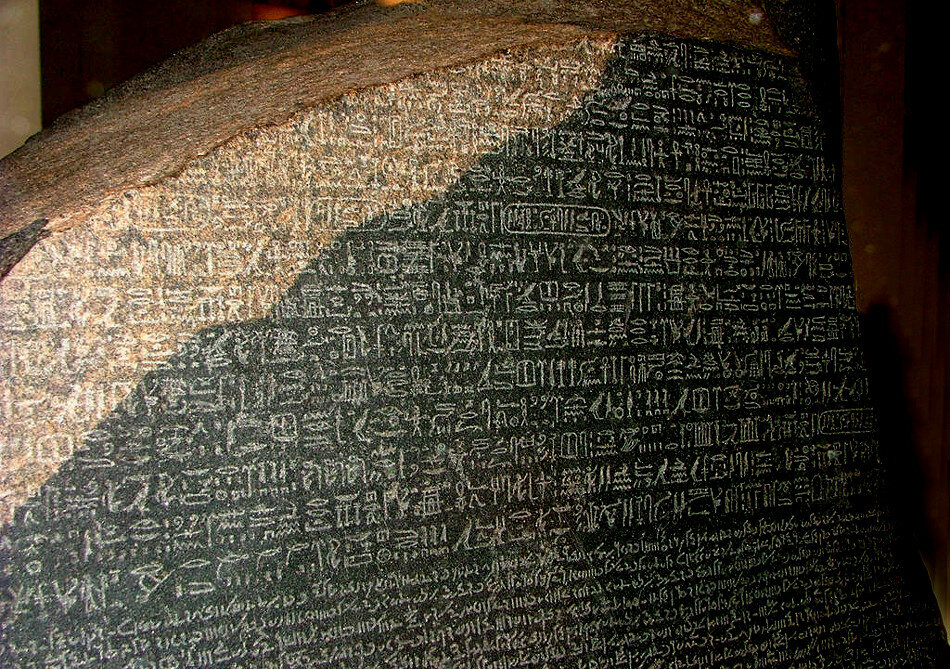
The Ancient Egyptians invented toothpaste!
The Egyptians were invested in their dental care and they were the creators of the first-ever recipe for making toothpaste.
It is believed that their food contained a lot of grit and sand, which would have been wearing on the enamel on their teeth, so experiments were carried out to improve their dental care.
Scribes that have been found throughout Ancient Egypt show recipes for toothpaste making.
They would use ingredients such as ashes, pumice, burnt eggshells and the powder of ox hooves to create toothpaste.

Both men and women wore makeup
In Ancient Egypt both men and women wore makeup as they believed it gave them the protection of the Gods Horus and Ra.
To produce the makeup they would grind up ore elements such as malachite into a paste and then using tools made from bone or wood, they would apply it around their eyes, much like us using eyeliner today.
They believed that wearing makeup would give them powers.
Years later, research has shown that because the eyeliner would have been lead-based, this would have reduced the risk of eye infections.
